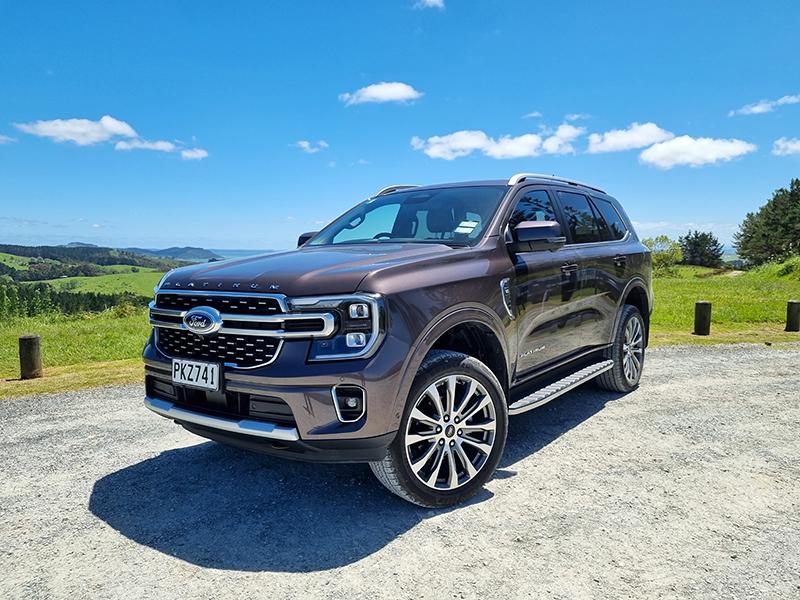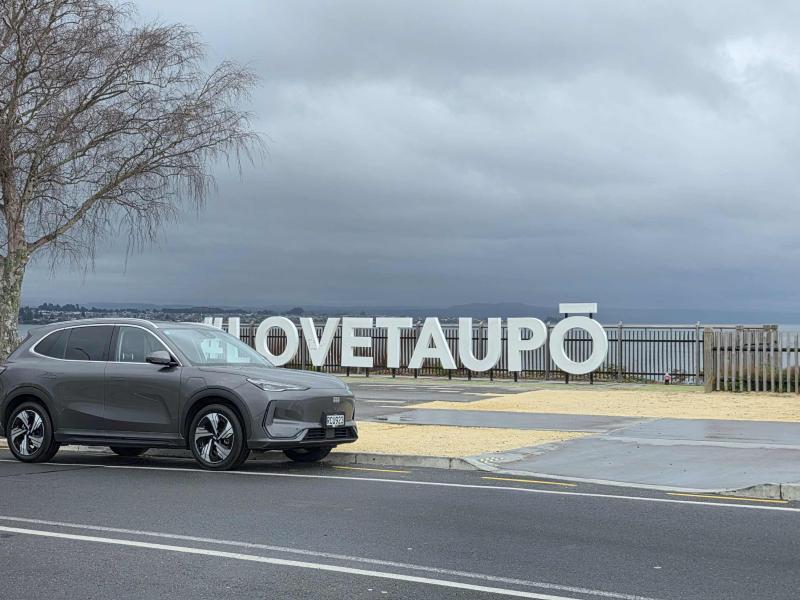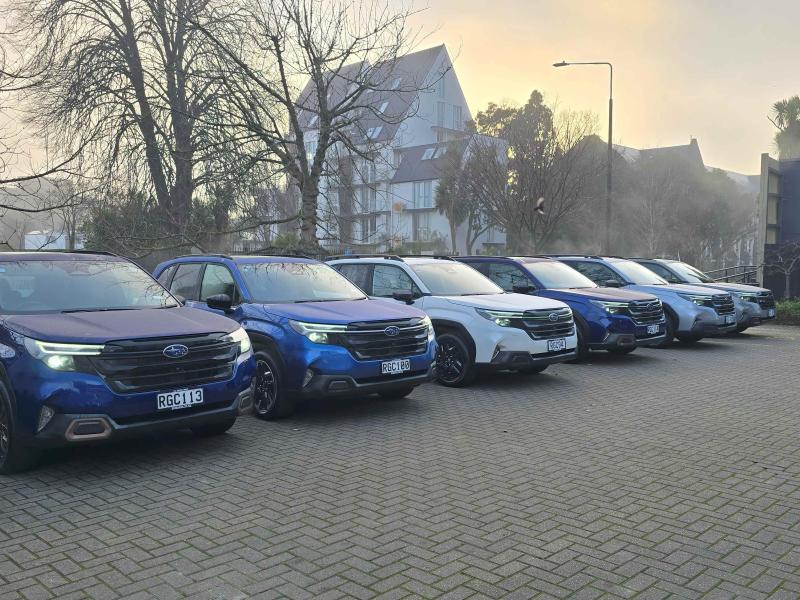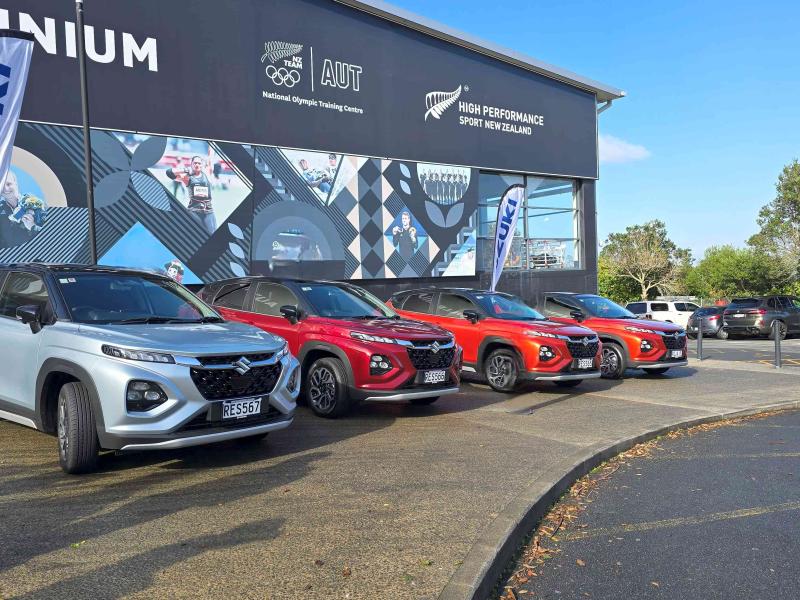The New Gen Everest’s popularity has meant it’s been challenging to access the pinnacle of the Ford Everest fleet – until now.
Our sister publication, NZ4WD doesn’t rate the Platinum so highly, preferring instead the more recently released Everest Wildtrak, but then, NZ4WD goes to bush campouts rather than five-star hotel dinner conferences, which is typically where you’ll find NZ Company Vehicle.
This should speak volumes as to why we prefer the Platinum – it matches the colour of our company credit card, well, parts of our company credit card anyway.
Seriously, the Everest Platinum is at the top of the range comprising the Trend, Sport and Wildtrak with the Wildtrak and our Platinum sharing the same three-litre V6 engine, 10-speed transmission and 4x4 drivetrain.
The Platinum sports 21-inch wheels, not the sort of alloys you want to get all grubby and it also runs as standard on Highway tyres, suggesting that while a 4x4 system is part of the Platinum package, this is the Everest most likely seen, with large boats attached, on premium destination boat ramps.
Not that the 4x4 system isn’t sophisticated because, my gosh, it’s clever! It gives you the simplest of controls to access 2WD, 4Hi, 4Lo and – perhaps the most used – 4A, which apportions torque as the wheels and engine revs best see fit. Driver, you just drive, and Platinum will take care of the rest.
Drive around in 4A mode all day long and the Everest Platinum copes with changing road surfaces or weather conditions with absolutely no fuss, no muss, and no noticeable shift in its plush driveability.
This leads neatly into the merits of the three-litre V6 turbo diesel engine, well, more accurately, the engine/transmission combination. Here, NZ Company Vehicle and NZ4WD are in complete agreement: it’s a match made in heaven.
The power on tap, the torque on command and getting it all to the ground in the manner it does, is the big winner – it’s best described as ‘majestic.’
There’s no retina-detaching acceleration or alter-the-earth-spin torque. The V6 delivers – in olde world English – with aplomb (pass the plomb, would you Henry?) or everything it should with a relaxed serenity.
Suffice it to say, you won’t be left wanting with this configuration, even if you max out the 3500kg towing capacity of the Everest.
And dear reader, at the risk of boring you with the mundane, Ford claims the 184kW/600Nm engine can get 9.7 litres per 100km with most commentators claiming 11 or 12 litres per 100km.
We got 9.4 on an open gravel road up north-west of Auckland without trying – read into that what you will. I’m told there are these things called handbrakes, which when disengaged while driving, can improve fuel efficiency.
But for anybody who asks me, I’m happy to defend Ford’s big engine in terms of its economy among other exemplary considerations.
It is easy to – despite the high-riding stance – push the Everest quite aggressively on twisty gravel roads. Here, I found not only did the 4A setting come into its own, but Everest’s body roll proved considerably less than I expected.
It would appear the Ranger – whose well-planted chassis forms the basis for the Everest – seems to have imbued its well-sorted tendencies into its SUV cousin. The same cannot be said for other high-riding SUVs hailing from their working stablemates.
All told, the Everest Platinum rightly takes its place at the peak of the Everest range for refinement, performance, and practicality with panache, all of which were attributes of the previous model.
Well, Everest has been king of the mountains for a long time now and the same could be said of the aptly named SUV from Ford.






